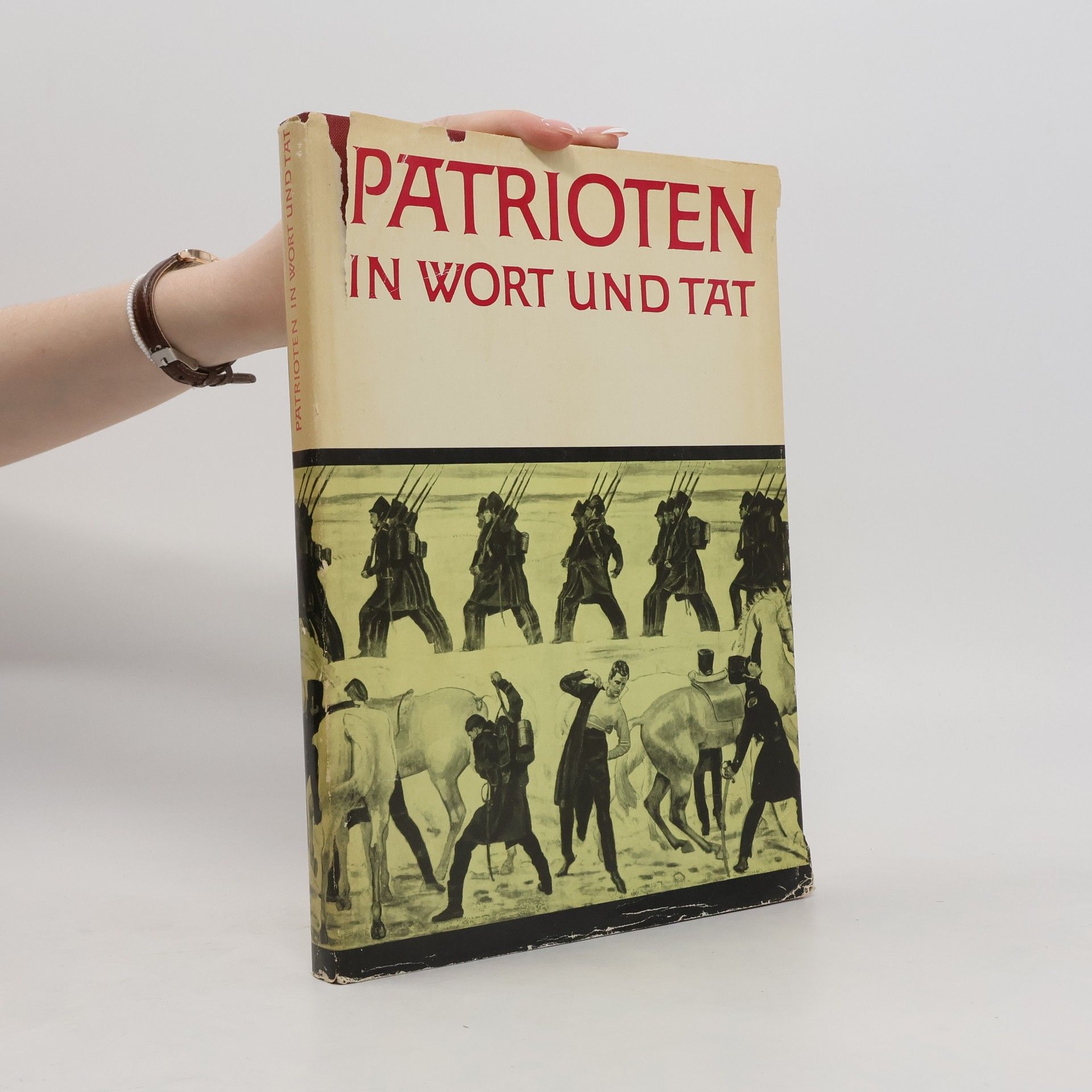Mizérie
Příběh muže, který se narodil v nesprávné chvíli na nesprávném místě






Příběh muže, který se narodil v nesprávné chvíli na nesprávném místě
Příběh je kusem reálného života, zachyceným z autorova pohledu, je to skutečný osud se všemi zvraty, vyprávějící o životě v Československu, dozrávání, emigraci a návratech.
Zum WerkDas auf die verwaltungsrechtlichen und planerischen Bedürfnisse ausgerichtete und dabei zugleich als Kommentar des erstens Zugriffs konzeptionierte Werk erläutert die aktuelle Fassung der BauNVO kompakt und zugleich detailliert. Abgerundet werden die Darstellungen durch Hinweise auf die Altfassungen, die in der Praxis noch immer eine Rolle spielen.Vorteile auf einen Blick systematisch aufbereitete Darstellungen von einem mit der Materie bestens vertrauten Expertenteam Einbeziehung der einschlägigen, bis September 2021 veröffentlichten Rechtsprechung und Literatur mit dem Baulandmobilisierungsgesetz 2021 Zur NeuauflageDie 5. Auflage enthält insbesondere eine Erörterung des mit dem Baulandmobilisierungsgesetz eingeführten 5a über die neue Baugebietskategorie "Dörfliches Wohngebiet" sowie der Neufassung des 17, womit den Gemeinden die für ihre Planungen nötige Flexibilität gegeben werden soll.ZielgruppeFür Planungs-, Bau- und Umweltbehörden, Richterschaft, Rechtsanwaltschaft, Architektinnen und Architekten und Ingenieurinnen und Ingenieure.
Das Buch untersucht das komplexe Zusammenspiel von Politik, Gedächtnis und Vergangenheit, indem es zunächst die sozialen Bedingungen der Erinnerung analysiert. Im Anschluss werden vier historische Fallstudien präsentiert, die von der Zeit des Alten Testaments bis zur Gegenwart der Bundesrepublik Deutschland reichen. Dabei werden die sozialen und politischen Auswirkungen des Gedächtnisses beleuchtet. Die fundierte und gut lesbare Analyse richtet sich nicht nur an Fachleute, sondern empfiehlt sich auch für Geschichtslehrer und interessierte Leser.
Zum WerkDer "Schwarzer/König" ist ein handlicher Kommentar, der die Lücke zwischen einfachen Gesetzestext-Sammlungen und Großkommentaren, wie dem "Busse/Kraus", schließt und der Nutzerin und dem Nutzer erste Orientierung bietet.Vorteile auf einen Blick knappe, an der Rechtsprechung des Bayerischen VGH orientierte Kommentierung handliche Erläuterungen, die verlässlich über die Grundzüge und die praxisrelevanten Einzelfragen informieren Hinweise auf höchstrichterliche Rechtsprechung sowie auf weiterführende Literatur Zur NeuauflageFolgende Änderungsgesetze wurden in der Neuauflage berücksichtigt: Gesetz zur Änderung der BayBO und des Baukammerngesetzes Gesetz zur Bereinigung des Landesrechts Verordnung zur Anpassung des Landesrechts an die geltende Geschäftsverteilung Gesetz zur Änderung der BayBO und des Gesetzes über die behördliche Organisation des Bauwesens, des Wohnungswesens und der Wasserwirtschaft Gesetz zur Änderung des Baukammerngesetzes, des Gesetzes über das öffentliche Versorgungswesen und der BayBO 2 Gesetz zur Änderung des Bayerischen Straßen- und Wegegesetzes und weiterer Rechtsvorschriften 1 Gesetz zur Änderung der Bayerischen Bauordnung und weiterer Rechtsvorschriften 1 Abs. 156 Verordnung zur Anpassung des Landesrechts an die geltende Geschäftsverteilung 3 Gesamtgesellschaftliches Artenschutzgesetz - Versöhnungsgesetz Eingearbeitet wurde zudem die Bauordnungsnovelle 2020).ZielgruppeFür Richterschaft, Rechtsanwaltschaft, Baubehörden, Bauherrinnen und Bauherren, Architektinnen und Architekten, Ingenieurinnen und Ingenieure.